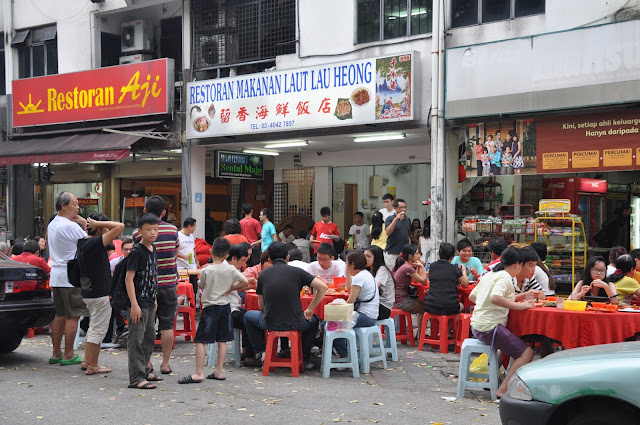Ryokan Experience at Hanaikada, Arashiyama
- Take Keifuku Dentetsu - Arashiyama Line to Arashiyama Station and walk about 5 minutes and you will be crossing the famous Togetsukyo Bridge. This train is an old fashion train that will share the same road with other vehicles and you pay inside the train.
- Take the JR San-in Line to Saga Arashiyama Station and then make a call to the hotel and they will have free hotel transfer service for you.
 |
| Many ryokan owners wish to preserve the traditional atmosphere of their ryokan, and this means maintaining old fashioned heating systems in order to preserve the traditional architecture, design, and atmosphere of the ryokan. If you prefer to sleep in a double room with twin queen-size beds and have: a full modern bathroom, carpeted rooms, perfect room temperature, insulated silence, the latest high tech gadgets, and every member of the staff speaking fluent English then a ryokan might not be for you. However, if you wish to see, taste, touch, and feel traditional Japanese culture then a night at a typical ryokan is just the thing for you. While most of the staff at ryokans speak very little English, this authenticity adds to the experience. Ryokans are only available in Japan and it is an experience not to be missed. |
Ambiance: 5/5
Service: 5/5
Price: 3/5
Cleanliness: 5/5
Recommended?: Yes
Kyoto Arashiyama Onsen
Ryokan Hanaikada
Minami-tsume, Togetsu-kyo, Arashiyama,
Nishikyo-ku, Kyoto City, Kyoto Prefecture, 616-0004
Tel: 075-861-0228























Comments
Post a Comment